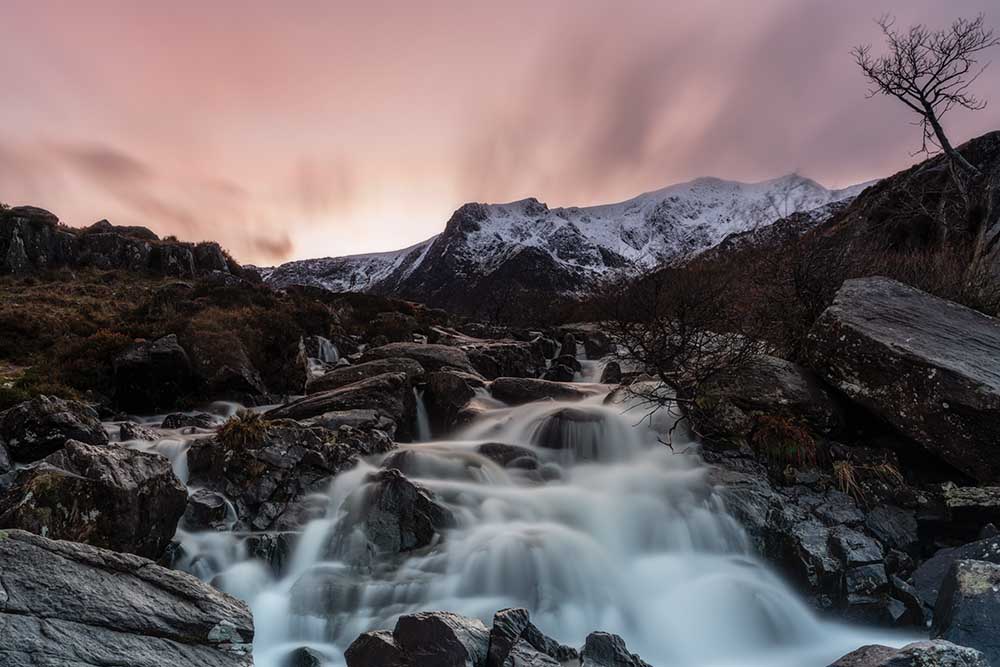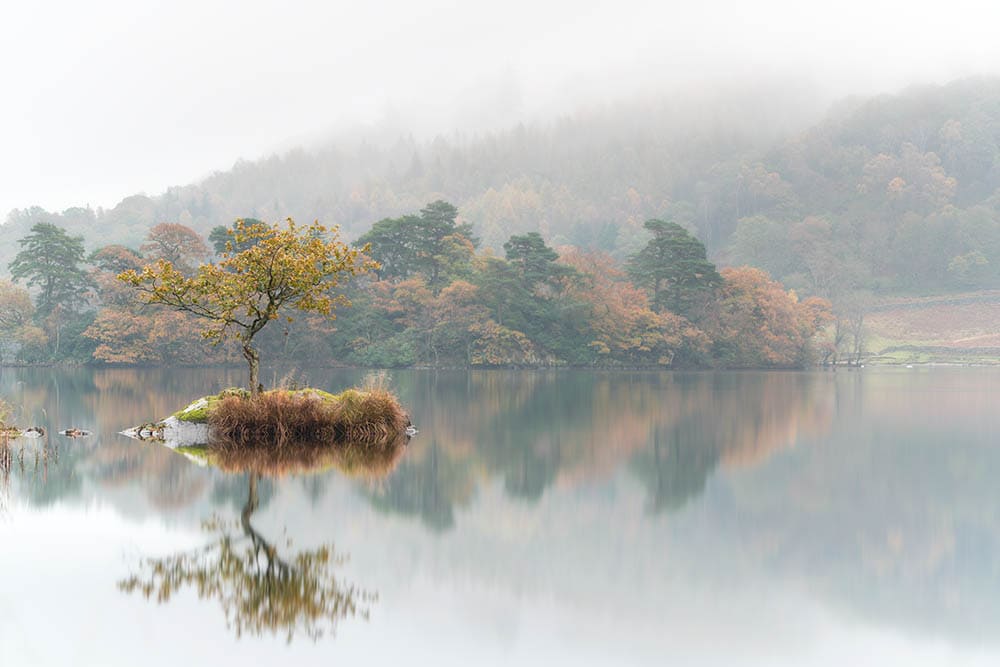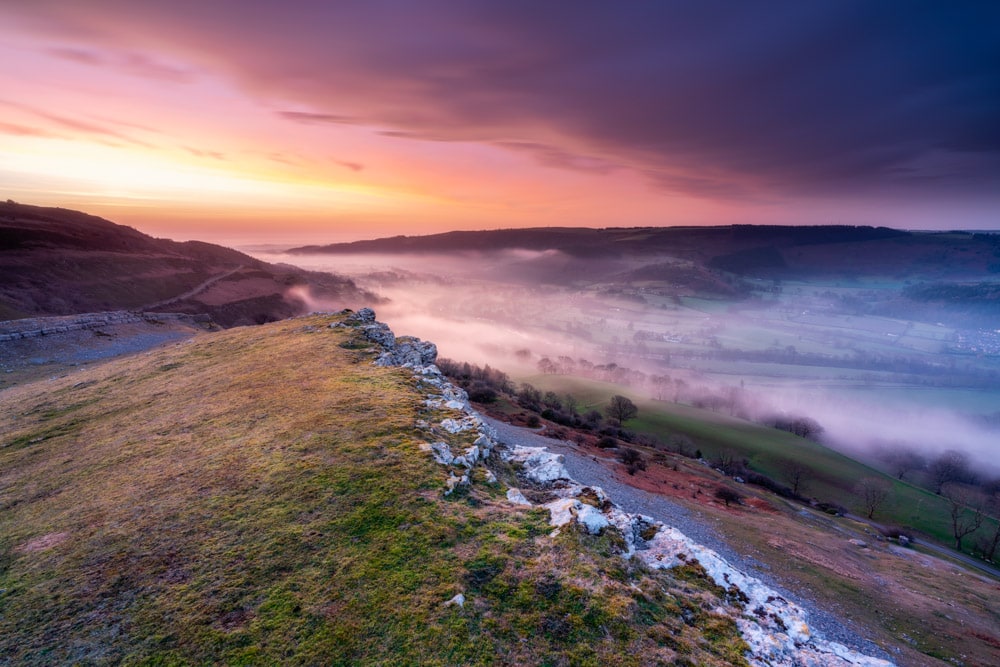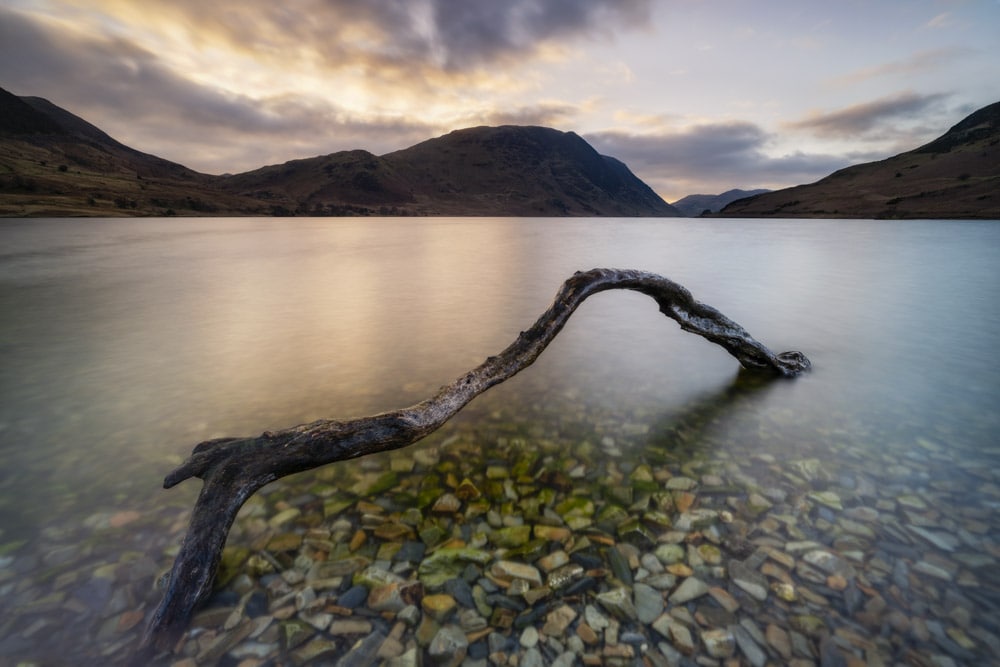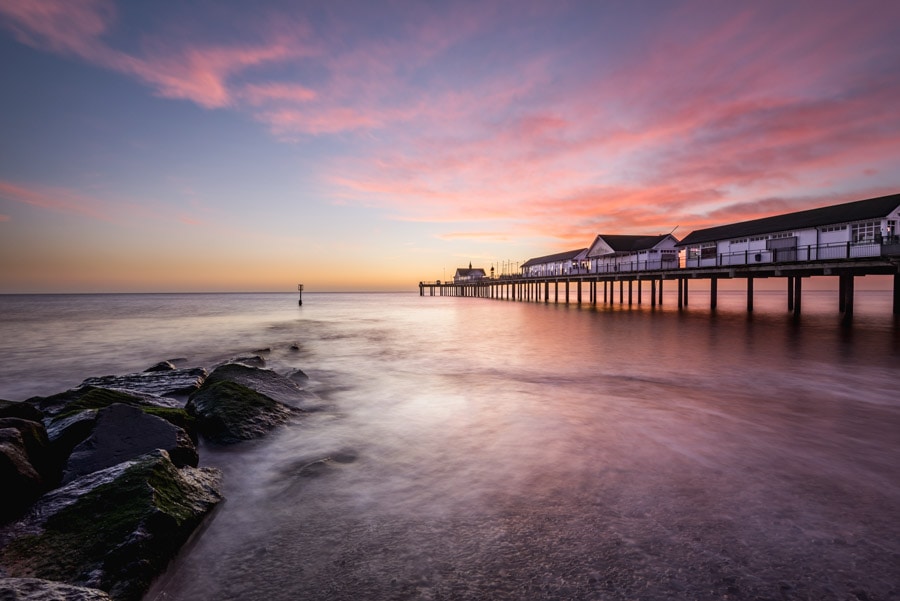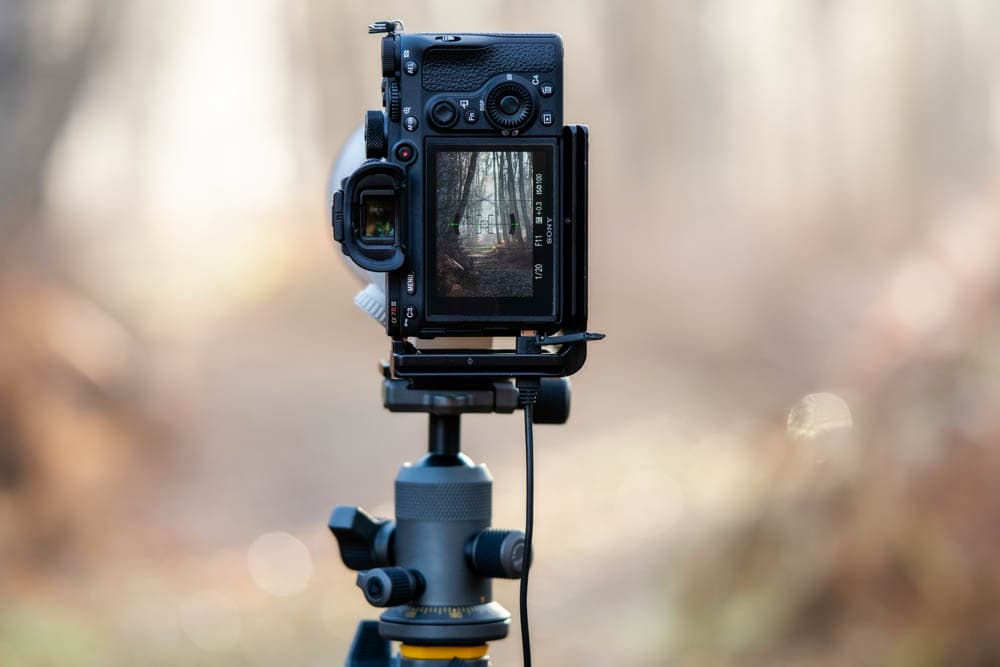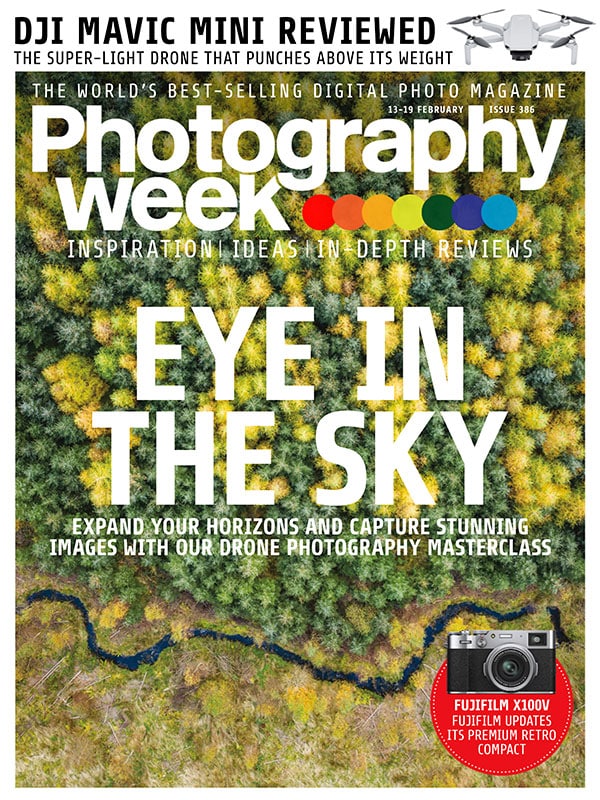
One of my drone landscape images was used on the cover of the 13 February issue of Photography Week magazine. The cover illustrates an article inside I created covering essential information and techniques for photographers considering adding drones to their photography. The image was taken in the Lake District in early autumn as the foliage on trees began to turn which created an interesting patchwork of colour when shot from above. See below for the original image and a larger version of the cover.
